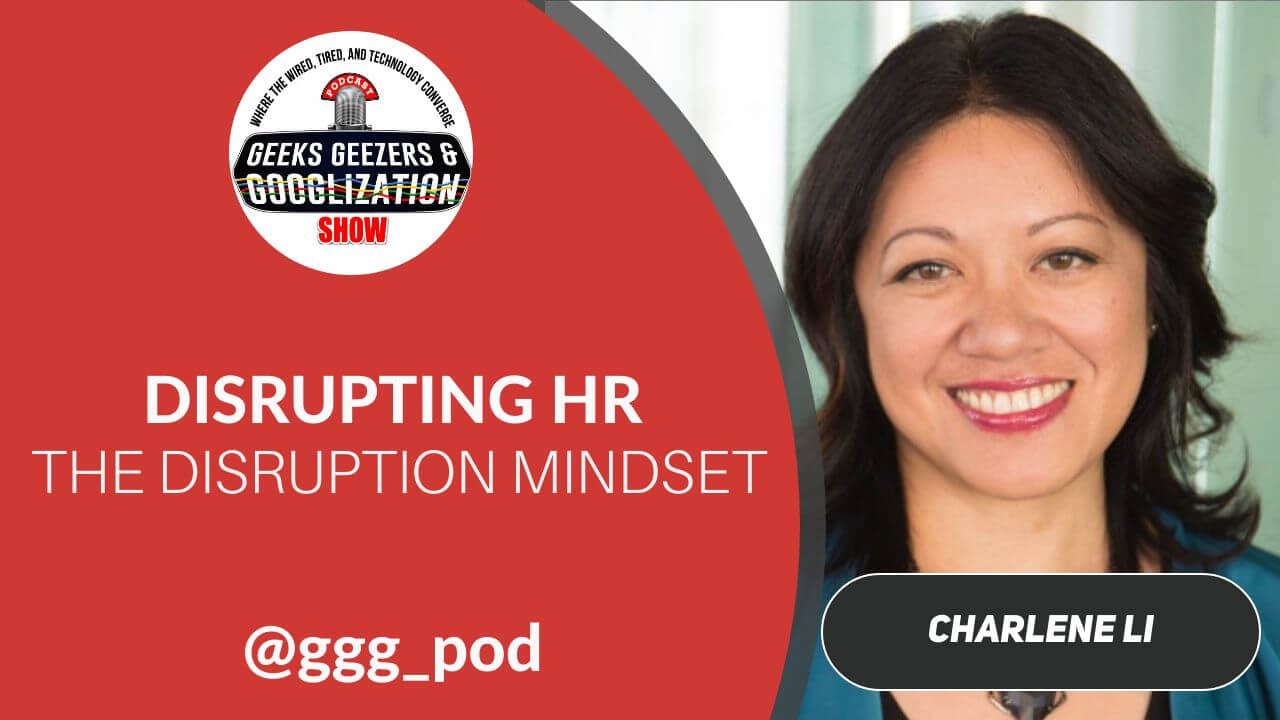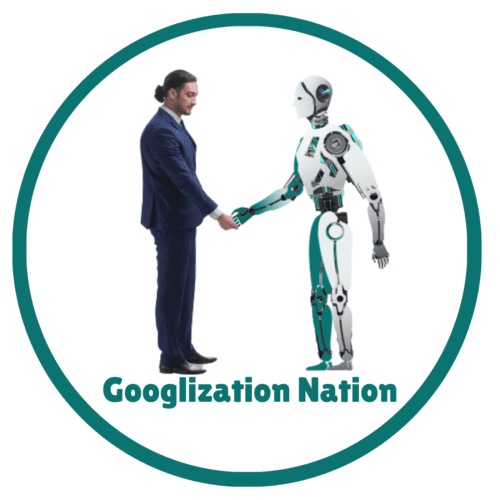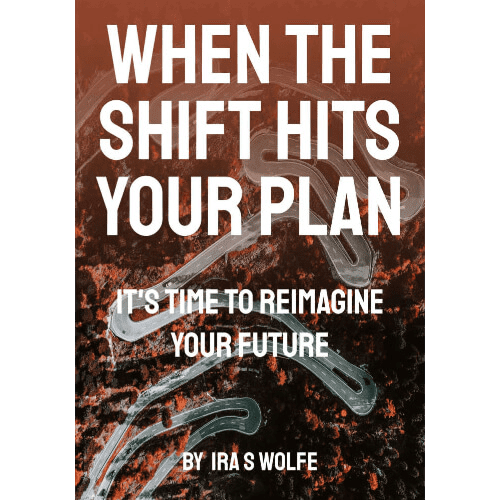Disrupting HR:
The Disruption Mindset
An Interview with Charlene Li
WHAT TO EXPECT
Innovation is considered a safe word for corporations because it is usually just theater. Leaders ask innovators to innovate, they share their ideas, but then… nothing really changes. Charlene Li believes that innovation is played out. The HR world needs disruption, and that means approaching HR roles in a fundamentally different way.
Drawing inspiration from companies like Adobe and T-Mobile, Charlene has identified what makes disruption successful: take a big gulp, then burn the boats. HR professionals can buy into this model by disrupting how they do their work. By engaging other departments, leveraging employees’ unique archetypes, and putting the customer first, HR professionals can revolutionize how their work is done and their role in the company.
GUEST – Charlene LI
If HR does not keep up with modernization, it risks becoming irrelevant. But Charlene Li thinks that innovation is the snooze button of strategy. More than just keeping up with the times, HR needs to be disrupted.
LISTEN, WATCH, SUBSCRIBE

Quotes
[12:01] “The reality is that innovation is hard. It is very difficult, and it is going to impact your strategy.”
[21:27] “HR is responsible for finding the people who are going to drive the business forward.”
[23:15] “The sacred task of HR is to help humans reach their potential.”
[30:27] “We have the ability to align organizations very quickly much faster than we have.”
Podcast Notes
The danger of innovation theater [11:11]
When organizations ask for innovation it often comes with a caveat: we can’t touch the core of the business. That keeps innovation disconnected from the heart of the company and prevents real change from happening. Innovation theater is not reality.
True innovation is difficult and it necessarily impacts the core business strategy. The danger of isolating innovation is that it will not really be effective if it’s not allowed to touch the core of the business.
Charlene estimates that maybe 5 in 100 leaders actually embrace innovation. For HR in particular, who has long struggled to be involved in the strategy conversation, they need to be willing to raise their concerns, because they are focused on the customer and the culture, which should ultimately drive strategy.
Stories of disruption [15:12]
Adobe and T-Mobile are real examples of what innovation looks like. In Adobe’s case, they decided to make the move from package software to cloud software. This necessitated overhauling everything, including taking a loss in income for two years. However, it was the right thing to do for customers and set them up for future success, despite being a big gamble.
This change happened in two parts. There was the “big gulp” moment when Adobe decided to bet on cloud-based software and take an income loss despite all the risks. This was followed by a “burn the boats” moment where they fully committed and removed the package software from their offerings.
Adobe’s move upset a lot of their core customers who were outraged over the change. However, in the long run, they listened to customers to meet their needs and widened their market by reducing the upfront cost of their products.
Behind the scenes, leaders in Adobe and T-Mobile realized that the markets were leaving them behind, even though nobody was asking for the changes they wanted to make. They researched, determined it was the right thing to do for customers, and committed.
One very unusual move these companies made was to combine customer service and HR because they realized that the customer experience and employee experience go hand in hand. These changes weren’t just hard for customers but also for employees, and this temporary change recognized that.
Pursuing the future employee [21:26]
The job of HR is to find the people who are going to move the company forward, and the only way to do that is to pursue not only the employees that the company will need in five years, but also the customer they will need in the future. This requires empathizing with customers and understanding their needs so the right people can be hired to serve them.
This also requires thorough understanding throughout the company of who the future customer is. Without it, the organization cannot possibly build for them today. This is a great opportunity for HR to step up and become intimately involved with the leadership of the company so they can work to build future success through hiring.
The true job of HR is to help people reach their full potential. This realization shifts the strategic value of HR away from just filling seats to driving the future of the company. But to be in this position also requires HR professionals to be deeply acquainted with the mission behind the business.
Engaging all employees [30:20]
We have the ability to align organizations much more quickly than we ever have before. This means making sure everyone has the same skill set and can move together quickly. But some organizations suffer from “change fatigue,” so those that are successful in this kind of alignment (or disruption) are those that can be resilient in the face of change. These people don’t just absorb change, they use it to get stronger.
Once this kind of resiliency is established, the company can begin to market this employee brand to keep improving the company culture. Everyone wants to work at a place where you get stronger from adversity, not weakened by it.
Working together for disruption [33:00]
Making changes will require help from other departments. Charlene thinks the best person to help is marketing because HR is really just marketing the company. Marketing and customer service professionals have the experience and knowledge to pitch the company well, and they are perfectly poised to help HR do the same.
One method to do this is to let other departments handle things like employee engagement while HR focuses on strategy. This allows people in the marketing department to really own what they are good at while HR can focus on what they are good at, which is designing long term plans for the growth of the company.
Leadership archetypes in HR strategy [36:46]
Charlene likes to refer to a “Disruption Quotient” that measures how well people can use change. A 1 on this scale means you hate change, and 10 means you can use change to drive growth. The goal for disruption is to just outpace your company. A 3 on this scale is an asset of the company that is a 2, but an 8 would be lagging in a 10 company.
There are four archetypes of leadership related to disruption. They are defined by an openness to change and your ability to empower employees.
Realist optimists are open to change and are able to empower employees to be leaders.
Steadfast managers are able to empower employees, but are not so open to change.
Agent provocateurs are very open to change but lack leadership skills.
Worried skeptics are neither open to change nor able to empower employees to be leaders.
Worried skeptics have the most ability to hold a company back, but as long as they buy into the mission of the company, leaders can still work with them productively.
Every organization has these archetypes, and the success of the organization depends on using the assets of each one. For instance, one would assume that Adobe was full of realist optimists or agent provocateurs, but the reality would be that they had plenty of each archetype to drive the mission.
Building blocks of disruption [43:00]
Building disruption that uses all of these archetypes in any size organization starts with the customer. Organizations need to go out and learn about the current and future customers, and bring that knowledge back to the organization.
Larger organizations must start in the same place. However, they must do so in a way that is mindful of their hierarchy. This will require aligning missions and strategies across departments in order to meet the needs of the customers.
The idea of HR beginning with the customer might be off-putting. After all, their direct customers are employees. However, buying into the satisfaction of the business’s end customers puts HR in a leadership mindset. It is only then that they can drive the success of the company and become a powerful voice.
Finding out more about how to disrupt HR is as simple as visiting Charlene’s website at charleneli.com or heading to quantum-networks.com for deeper community.
WHERE TO WATCH OR LISTEN
The Geeks, Geezers & Googlization TV Show is live every Wednesday at 1 PM ET on Facebook, YouTube, Talk 4 TV, and broadcast on W4CY Radio, part of Talk 4 Radio on the Talk 4 Media Network. The podcast is also available on Talk 4 Podcasting.
Following the broadcast, the replay will be available at the same links for YouTube and Facebook, our podcast website Geeks Geezers Googlization, and on most podcasts including Apple Podcast, iHeart, Spotify, Amazon, Stitcher and more.







